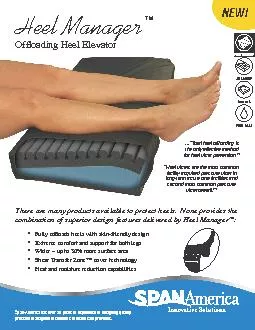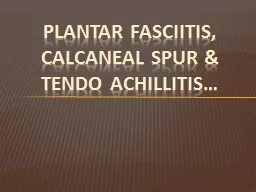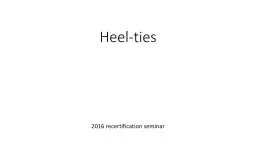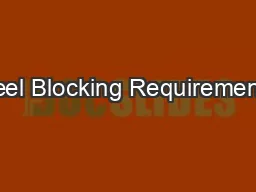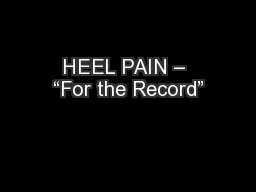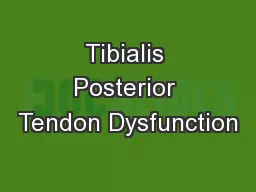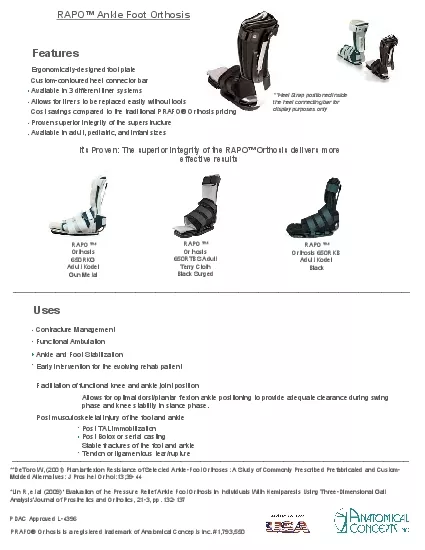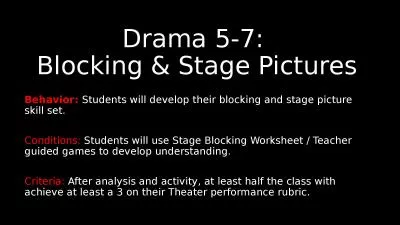PPT-Heel Blocking Requirements
Author : olivia-moreira | Published Date : 2019-06-30
and Capacity Analysis Overview Revised 3222017 SBCA has been the voice of the structural building components industry since 1983 providing educational programs
Presentation Embed Code
Download Presentation
Download Presentation The PPT/PDF document "Heel Blocking Requirements" is the property of its rightful owner. Permission is granted to download and print the materials on this website for personal, non-commercial use only, and to display it on your personal computer provided you do not modify the materials and that you retain all copyright notices contained in the materials. By downloading content from our website, you accept the terms of this agreement.
Heel Blocking Requirements: Transcript
Download Rules Of Document
"Heel Blocking Requirements"The content belongs to its owner. You may download and print it for personal use, without modification, and keep all copyright notices. By downloading, you agree to these terms.
Related Documents


